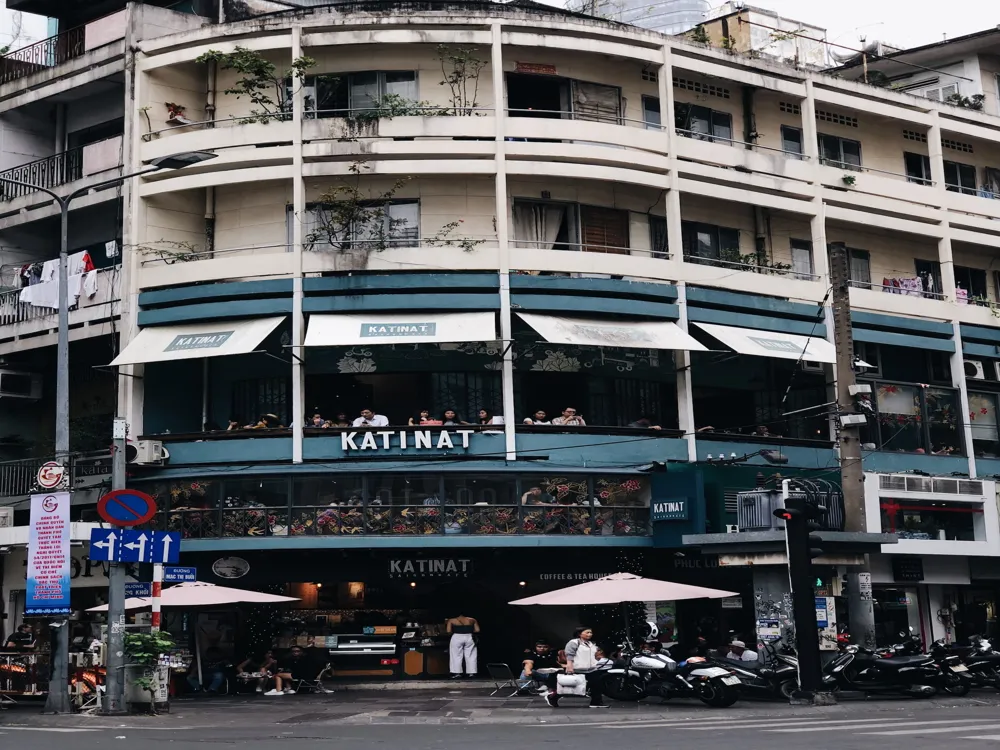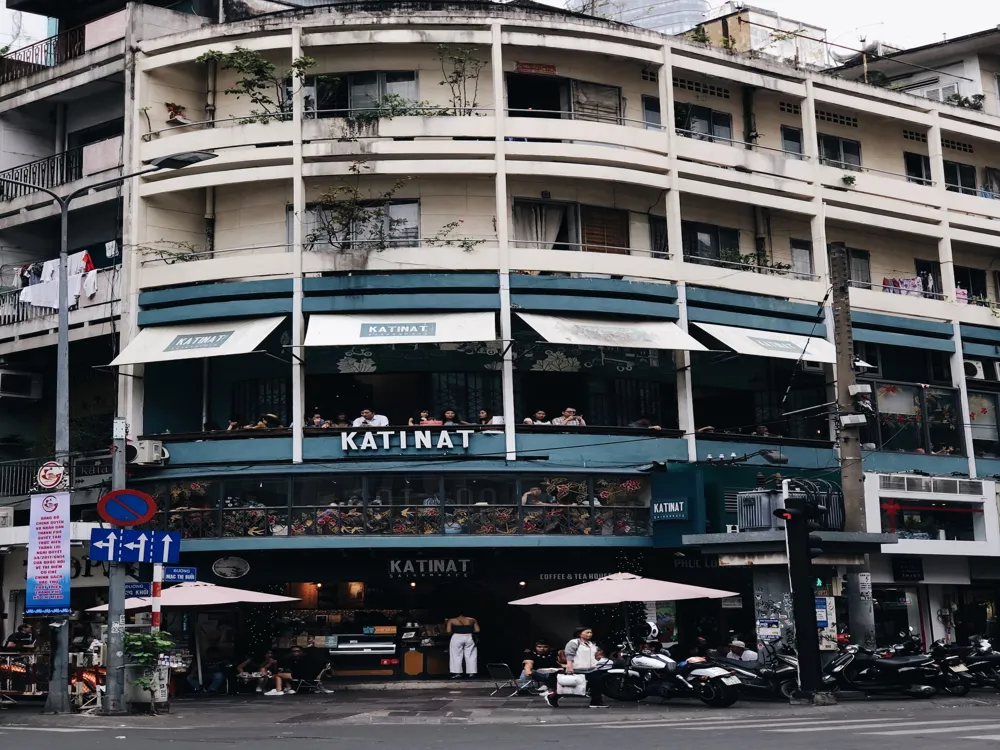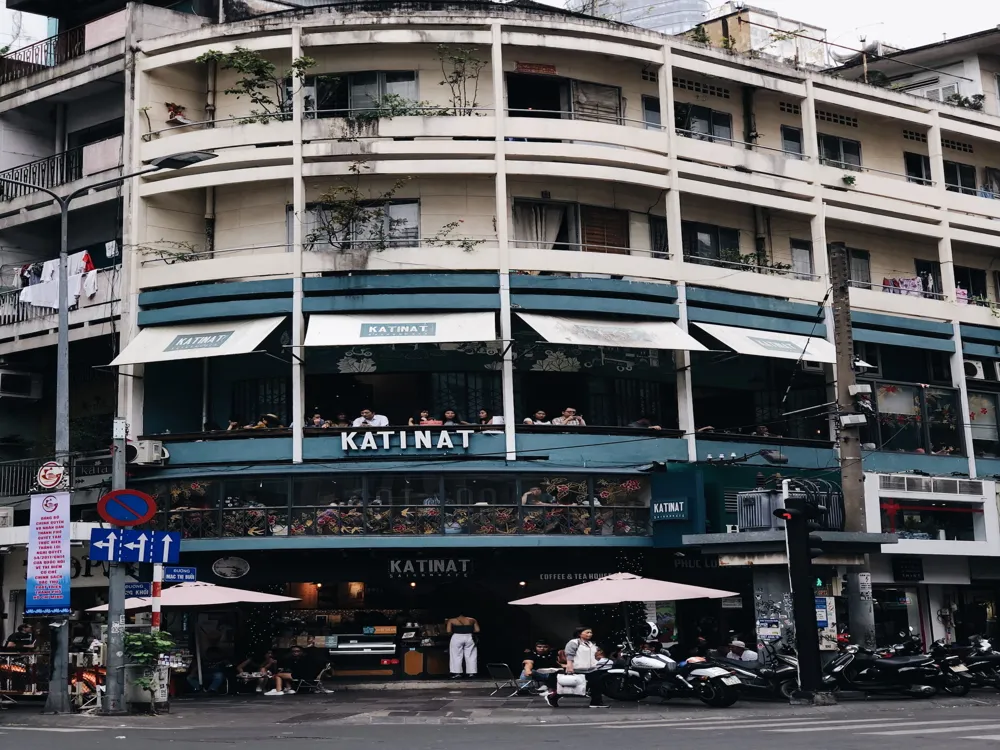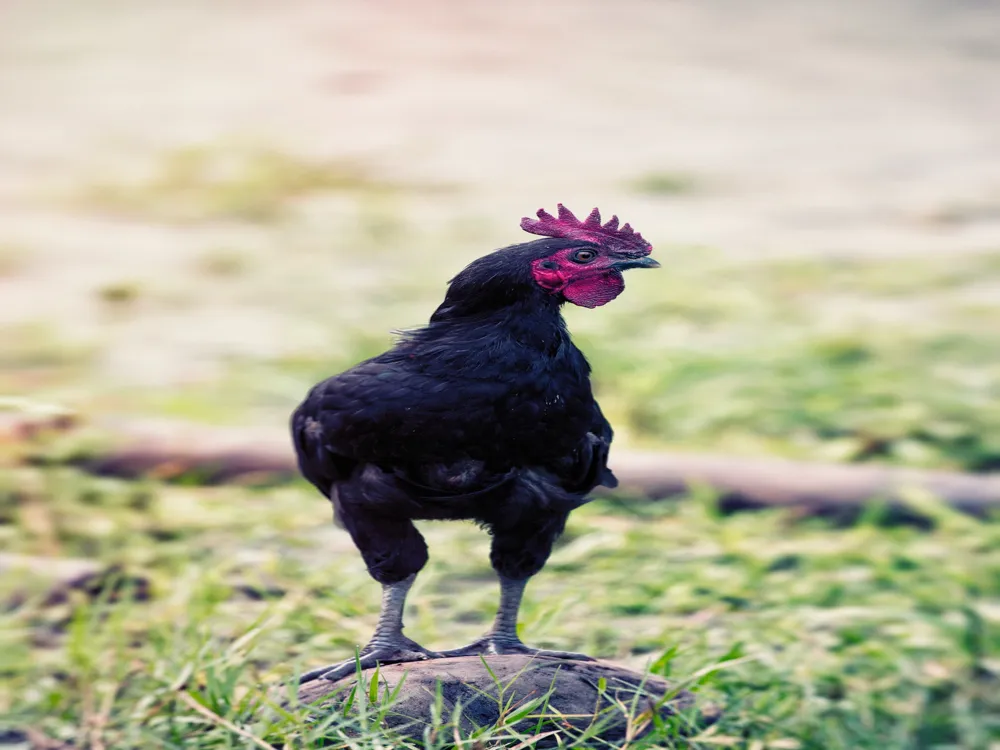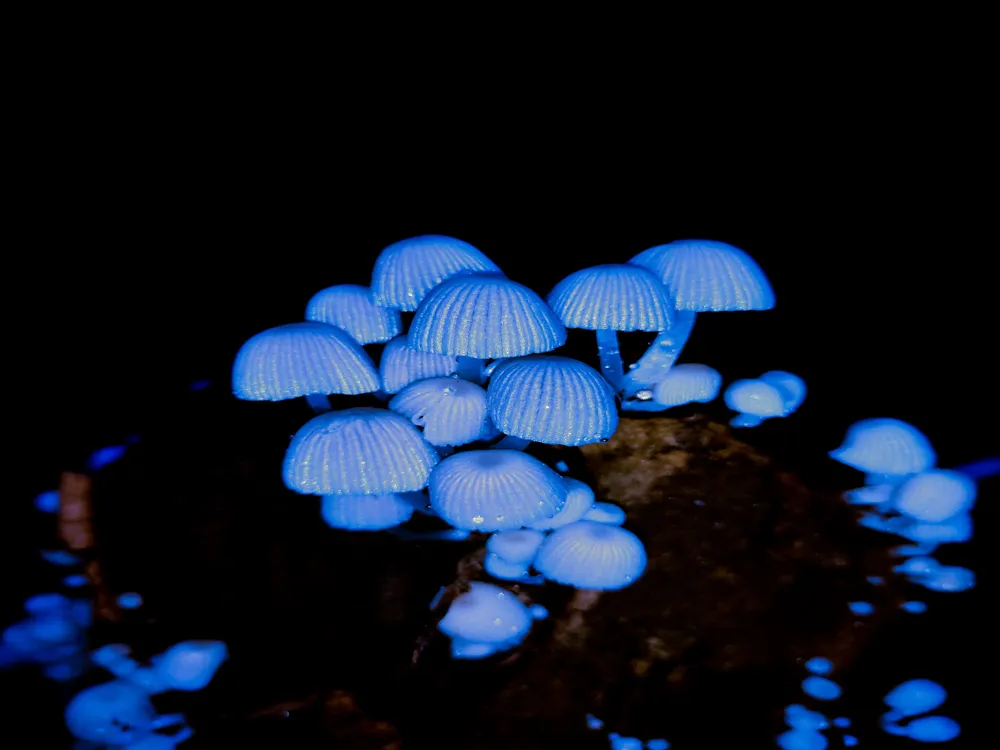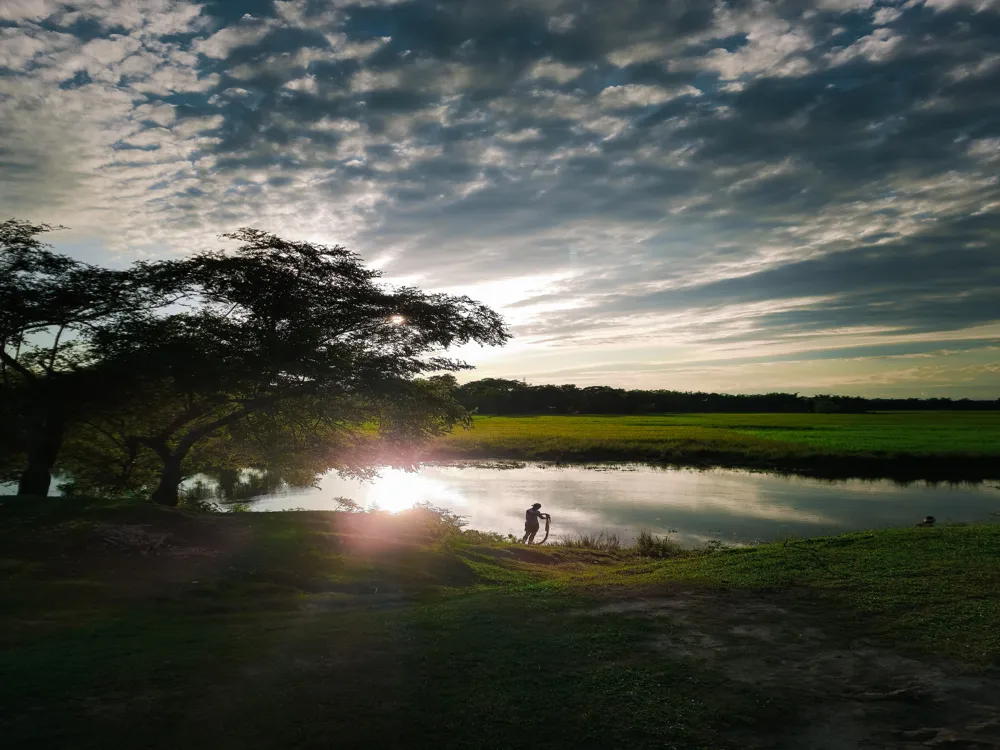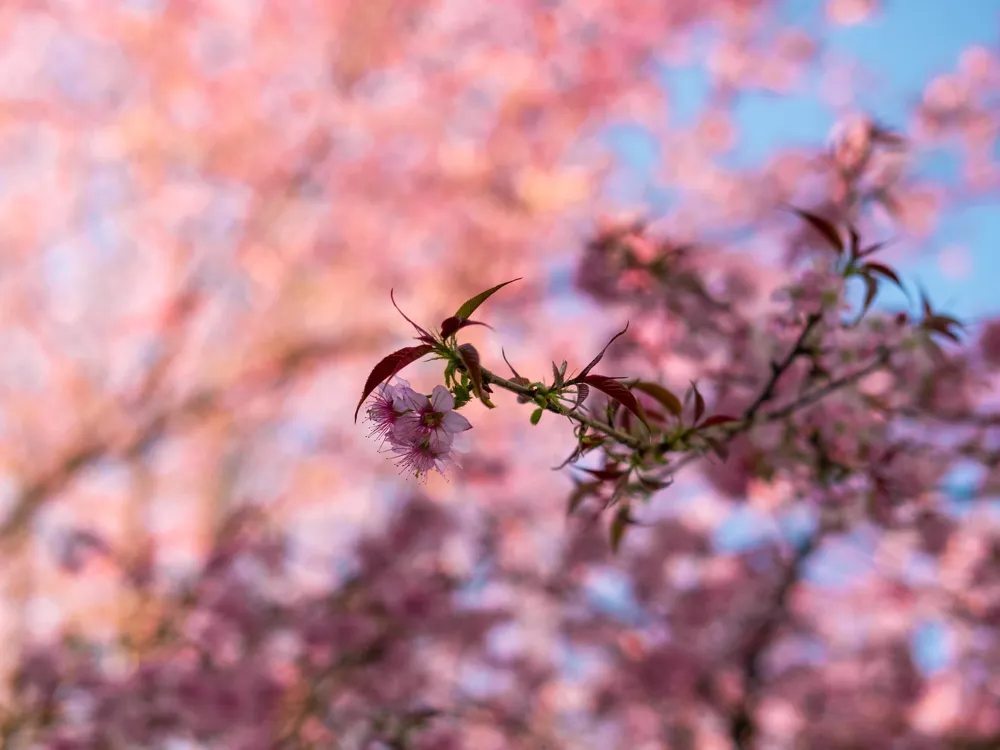Dakhinpat Satra, a spiritual and cultural epicenter, stands proudly in the heart of Majuli, the largest river island in the world, located in the Brahmaputra River in Assam. Established by Vamshigopal Dev in the year 1584, under the guidance of the revered saint and cultural icon, Srimanta Sankardeva, this Satra (monastery) is not only a significant religious site but also a beacon of Assamese culture and art. The Satra, part of the Neo-Vaishnavism movement, has been instrumental in preserving and promoting Sattriya art, including dance, music, and drama, which are now recognized nationally and globally. The historical significance of Dakhinpat Satra is immense. It has been a center of religious teachings and a hub for the spread of Vaishnavism in Assam. This spiritual haven has withstood the test of time, surviving natural calamities and witnessing the changing socio-political landscape of the region. Its resilience and continuity make it a living testament to the enduring legacy of Assamese culture and spirituality. Exploring the Satra, visitors are immersed in an atmosphere of devotion and serenity. The complex houses several structures, each with its own historical and religious significance. The main prayer hall, known as 'Namghar', is the heart of the Satra, where devotees gather for prayers and spiritual discourses. The 'Bhajghar', another important structure, is where religious scriptures and artifacts are kept. Intricately designed and adorned with motifs depicting scenes from Hindu mythology, these structures are a window into the rich artistic heritage of Assam. The life in Dakhinpat Satra revolves around spiritual practices and community living. Monks, known as 'Bhakats', lead a disciplined life focused on devotion and service. The Satra's community kitchen, 'Bhoral', is a symbol of equality and brotherhood, where everyone, irrespective of their social status, dines together. The Satra also plays a pivotal role during the Raas festival, a time of joyous celebration and a spectacle of the vibrant cultural traditions of Assam. In recent years, Dakhinpat Satra has gained prominence as a tourist destination, attracting visitors from across the globe. Its unique blend of spirituality, culture, and natural beauty makes it a must-visit location for those seeking a deeper understanding of Assamese heritage and a peaceful retreat from the hustle and bustle of modern life. The Satra's commitment to preserving and propagating its rich traditions ensures that it continues to be a beacon of cultural and spiritual enlightenment for generations to come. The architectural grandeur of Dakhinpat Satra is a testament to the rich cultural and artistic heritage of Assam. The Satra's structures exhibit a unique blend of indigenous Assamese design and influences from other regions, reflecting the diverse history of the area. The predominant architectural features are the 'Namghar' and the monks' living quarters, known as 'Hutis', which are meticulously designed to cater to both the spiritual and practical needs of the Satra. The Namghar, the main prayer hall, stands as the centerpiece of the Satra. Its design is a marvel of symmetry and precision, featuring a thatched roof and an elevated platform. The roof, typically made of local materials like bamboo and thatch, is intricately woven, showcasing the craftsmanship of Assamese artisans. The platform, known as 'Chowki', is where the sacred scripture, Bhagavat Purana, is placed and revered. The walls of the Namghar and other structures within the Satra are adorned with vibrant paintings and sculptures depicting scenes from Hindu mythology, particularly the life of Lord Krishna. These artworks are not just decorative elements but also serve as a medium for storytelling and religious instruction. The use of natural dyes and traditional painting techniques adds to the authenticity and charm of these artistic creations. The Hutis, where the monks reside, are simplistic in design yet functional. Made of bamboo and wood, these structures are built to withstand the harsh weather conditions of the region. The layout of the Hutis is such that it promotes a sense of community and camaraderie among the monks while also providing space for solitude and meditation. The overall layout of Dakhinpat Satra is in harmony with nature, respecting the ecological balance of the island. The use of local materials and traditional construction methods demonstrates a sustainable approach to architecture, which is both practical and environmentally conscious. Read MoreOverview of Dakhinpat Satra in Majuli, Assam
Architecture of Dakhinpat Satra
Majuli Tourism
Best Time to Visit Majuli
How to Reach Majuli
Things To Do Majuli
Dakhinpat Satra
Majuli
Assam
NaN onwards
View majuli Packages
Weather :
Label : Must Visit
Tags : Temple
Time Required : Around 2 hours
Planning a Trip? Ask Your Question
Majuli Travel Packages
View All Packages For Majuli
Top Hotel Collections for Majuli

Private Pool

Luxury Hotels

5-Star Hotels

Pet Friendly
Top Hotels Near Majuli
Other Top Ranking Places In Majuli
View All Places To Visit In majuli
View majuli Packages
Weather :
Label : Must Visit
Tags : Temple
Time Required : Around 2 hours
Planning a Trip? Ask Your Question
Majuli Travel Packages
View All Packages For Majuli
Top Hotel Collections for Majuli

Private Pool

Luxury Hotels

5-Star Hotels

Pet Friendly




